|
--- By Erica Sastre, LMT  Yes! Chiropractic has been proven to help manage both acute and chronic pain. Pain management, in general, is a big issue in healthcare. Let’s look at some facts: Low back pain is the single leading cause of disability. According to the US bone and Joint initiative study, back pain was cause for over 264 million days off of work. That is all without considering any other type of chronic pain condition. Pain affects more Americans than diabetes, heart disease and cancer combined. When looking for solutions to chronic pain, the first thing we tend to reach for is over-the-counter aids such as Aspirin, Advil, or Ibuprofen. Then if these conditions worsen and we go to the doctor we are typically directed to stronger prescription medications, which, can be concerning to many patient situations. Many people are looking for ways to treat their chronic pain without resorting to drugs of the traditional medication protocol. With alternative care we can lessen our dependency on over the counter drugs and even opioids.  Back pain is also one of the most common conditions that opioids are prescribed for with over half of opioid users reporting back pain among their symptoms. Why is this connection between back pain and opioids so concerning? While prescription opioids are certainly helpful to many patients in complex severe conditions, however, we need to also be looking at the big picture of the opioid crisis: In 2016, illicit and prescription opioids were responsible for more than 42,000 fatal overdoses across the country. According to the Centers of Disease Control and Prevention, those numbers have quintupled since 1999, which means the problem is just getting worse. The good news is that, alternative medicines are already making great improvements to these dire statistics.  Let's take a look at some strategies the VA has been using in order reduce opioid addiction among veterans. After launching one initiative, they were able to reduce overall opioid prescriptions by 41% over the past five years. The project was focused on non-drug treatment for chronic pain, such as acupuncture, spinal manipulation therapy, chiropractic care, and yoga. It is also good news to know that patients who received services from a chiropractor were less likely to fill a prescription for opioid medication, and, there was a 51 percent lower likelihood of an adverse drug incident compared to non recipients of chiropractic care. 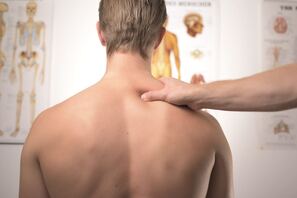 A visit to the chiropractor may also be more cost effective for sufferers of chronic pain. In one study, "those who initiated treatment for low back pain with chiropractic rather than a regular MD had 40% in reduced healthcare cost!" In general “Healthcare plans that incorporate chiropractic typically realize a 2:1 return for every dollar spent.” There are numerous research studies, reports, and surveys proving how effective chiropractic can be for pain: "In a Randomized controlled trial, 183 patients with neck pain were randomly allocated to manual therapy (spinal mobilization), physiotherapy (mainly exercise) or general practitioner care (counseling, education and drugs) in a 52-week study. The clinical outcomes measures showed that manual therapy resulted in faster recovery than physiotherapy and general practitioner care. Moreover, total costs of the manual therapy-treated patients were about one-third of the costs of physiotherapy or general practitioner care." Korthals-de Bos et al (2003), British Medical Journal “Patients with chronic low-back pain treated by chiropractors showed greater improvement and satisfaction at one month than patients treated by family physicians. Satisfaction scores were higher for chiropractic patients. A higher proportion of chiropractic patients (56 percent vs. 13 percent) reported that their low-back pain was better or much better, whereas nearly one-third of medical patients reported their low-back pain was worse or much worse.” Nyiendo et al (2000), Journal of Manipulative and Physiological Therapeutic The evidence and anecdotes are solid. If you are suffering form chronic or acute pain, chiropractic care may well worth a try! Send us your questions! Yours might be answered next week. NorwalkSportsandSpine@gmail.com Sources and Further Reading:
NIH Fact Sheet -- Pain Management The Center for Disease Control and Prevention -- Drug Overdose Deaths VHA Pain Management -- Opioid Saftey Initiative Boss Magazine -- Corrective Care for the Opioid Epidemic American Chiropractic Association -- What Research Shows About Chiropractic
2 Comments
-- By Erica Sastre, LMT 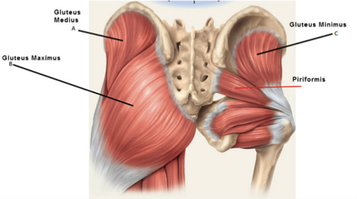 Did your massage therapist hit a particularly tender spot in your glutes? Did you have pain or tingling running down your leg? Why is your chiropractor trying to make you do so many squats? This week we are putting the spotlight on the piriformis muscle! The piriformis muscle is a muscle under the gluteus maximus, it attaches at the anterior surface of the sacrum, and the superior aspect of the greater trochanter (SI joint to the top of the femur). It Latterally rotates the hip (twists your thigh outward) , and abducts the hip when the hip his flexed (pulls your thigh away from the body center-line). 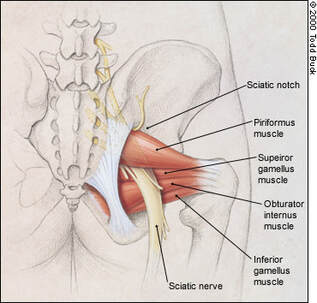 What could possibly go wrong? Piriformis can be a literal pain-in-the-butt! A tight or knotted up piriformis muscle can cause pain on its own, or limit strength and flexibility. However, this small muscle can cause much bigger problems. The Piriformis is often to blame for sciatic pain symptoms. The sciatic nerve runs right past the piriformis muscle, and sometimes even through the piriformis muscle. Due to its placement in the body, tightness in the piriformis and adjacent muscles can pinch the sciatic nerve. This can send pain, numbness, or tingling down all or parts of the leg! If you have ruled out a spinal issues as your source of sciatic, it's time to address the piriformis muscle. How does the piriformis affect my posture? Check out your toes! If your feet tend to turn in when you are standing, walking, running, or squatting you may have a weak piriformis muscle. Likewise, if you see that your feet tend to turn outward when standing, walking, running, or squatting, it may be a sign that your piriformis is overdoing it. Either one of these postures can cause problems in the legs, hips and knees, especially with load-bearing exercise. Squatting and lifting weights with misalignment can spell disaster for the knees! Keep in mind that if it is a hip/piriformis weakness, the positional problem will originate from where the hip and thigh meet. If the positional problem originates in the knee or ankle, we will have other muscles to look at! That's why it's a good idea to see a professional, like your chiropractor, to help evaluate postural problems. How do I stretch it? Pigeon pose is everyone’s favorite piriformis stretch! There are a number of modified pigeon poses you can try if you are less flexible. If floor stretches are uncomfortable, try doing a pigeon pose on a chair, couch, or low table. The 'figure 4' can be done sitting or supine (on your back), or even standing if you have good balance! How do I strengthen it? Piriformis is a lateral rotator. Meaning, it twists the thigh 'outward' from your hip. Working the gluteal region will generally build the piriformis, as well as create support for the piriformis with the other gluteal muscles. Squats are an easy way to develop the glutes. Add a band for extra resistance! Try a one-legged dead lift and keep in mind that the grounded leg is the piriformis that you are strengthening. Work one leg at a time, grab on to the back of a chair, bar, or ledge. Lift the other leg out to the side, you can do this exercise with your feet paralell (both toes facing forward) or 'turned out' (feet make a V shape with your toes pointing outward, like in ballet). Try this one with a band as well! 'Fire Hydrant' starts on all fours. Keep your knee at 90 degrees then swing your leg out to the side, keeping your frame strong to isolate and work the glutes. Fun facts about the piriformis
The piriformis is only one of six muscles in the lateral rotator group. The others are; gemellus superior, obturator internus, gemellus inferior, quadratus femoris and the obturator externus. In 17% of the population the piriformis muscle is pierced by all or part of the sciatic nerve. The word piriformis comes from latin, meaning ‘pear shaped’. Hopefully you learned something fun about the piriformis today! Stay tuned for our next Q&A, and send your questions to NorwalkSportsandSpine@gmail.com! What muscle should we feature next?
-- By Erica Sastre, LMT
This weeks Q & A was inspired by Game of Thrones! Lots of us are excited for the final season to begin. If you have dragons and sports medicine on your mind, read on.
Q: Should I use FIRE (heat) or ICE (cold) treatment? A: Did you tweak a hamstring in the battle of Winterfell? Do you have neck pain after a long day of combing over old tombs in the Maester's library? Do you get headaches every time you Warg with your wolf? Read on and the choice will become clearer than a green dream.
Let’s start by taking a look how heat and cold affect the tissues in the body!
FIRE/Heat/Thermotherapy on the body will...
You have lots of options with heat,
Heat is best for... Chronic conditions, sore muscles, stiff joints, and overall relaxation. 
ICE/Cold/Chryotherapy on the body will..
Therefore, ICE is best for acute (new) injuries such as twisting your ankle, strained muscles, or back spasms. You should also use ICE after an activity that aggravates a chronic injury. The goal is to reduce swelling and keep the injury from getting worse.
Tip from Dr Q:
"Don't waste your money on an ice pack. Buy a frozen bag of peas, which will serve a triple purpose. It is effective cryotherapy for your injury, it will also act as a timer (by the time the peas melt it will be time to stop your cryotherapy), and then you have a healthy snack afterwards!"
Within 24-48 hours of an injury, sprain, strain, or spasm, you will want to ice it. Apply cold no more than 15-20 minutes at a time to decrease swelling and inflammation to keep the injury from worsening. Wait 60 minutes between treatments.
After 24-48 hours, after the swelling has gone down post-injury or for chronic conditions, you will want to use heat. We recommend applying heat no more than 20 minutes at a time, and wait 60 minutes between treatments. Follow instructions for your hot pad or heating devices to keep a nice even temperature that will to increase circulation, tissue pliability, and cell metabolism for healing the injury over time. Still in doubt? Go with ICE. Although heat has more therapeutic benefits, you can do more damage when applied in the wrong situation or instance. Therefore, there is more room for error with ICE. Be cautious, as you can burn yourself with either. ​ That is our secret, we can only be victorious in our health and wellness treatment plans if we use fire AND ice! Have a great week! Send us your questions for next time to norwalksportsandspine@gmail.com! ​ -- By Alicia Saunders, DC A: The truth about which foods to eat organic We all know pesticides are toxic to our bodies but where do you start when it comes to buying organic foods? Every year the Environmental Working Group researches which veggies and fruits contain the highest amount of contamination from pesticides. These pesticides linger on our produce even after they have been thoroughly washed or peeled. The top 12 fruits and vegetables with the most pesticides (listed here from most contaminated to least contaminated) include: Strawberries, Spinach, Nectarines, Apples, Grapes, Peaches, Cherries, Pears, Tomatoes, Celery, Potatoes, Sweet Bell Peppers  Strawberries take the cake for the most pesticides found per sample compared to any other produce. 99% of sampled strawberries contained at least one pesticide, with 20% containing 10 or more. When it comes to spinach, about 40% of the samples contained DDT, a banned neurotoxic insecticide in the US. Nectarines contained at least two pesticides in 94% of the fruits tested. 80% of apples contained diphenylamine which is banned in Europe. On average grapes contain at least 5 different pesticides. When it comes to peaches 99% were positive for pesticide residue. It was found that cherries contain a potential cancer causing pesticide iprodione which is also banned in Europe. Pears were found to have fungicides and insecticides present. Celery and tomatoes contained multiple pesticide residue, some as many as 13-15. Potatoes had more pesticides residues by weight compared to any other food. Eating higher levels of pesticides can cause many different symptoms or dysfunctions. Some include fertility problems in women and men, cancers or diabetes, asthma, and decreased cognitive function. Trying to stay on a strict grocery budget? There is also a list of 15 foods that have had the lowest amounts of pesticide residue which are safer to consume non-organic. These are called the “Clean 15.” Keep in mind however that 70% of non-organic produce tested was positive for at least one pesticide. Avocados, Sweet Corn, Pineapples, Cabbages, Onions, Frozen Sweet Peas, Papayas, Asparagus, Mangoes, Eggplants, Honeydews, Kiwis, Cantaloupes, Cauliflower, Broccoli. For more information turn to the Environmental Working Group website. So next time you’re shopping at the grocery store pay extra attention to the Clean 15 list to better your health and the health of your family! Don't forget to send in your questions for our next Q&A!
-- By Erica Sastre, LMT 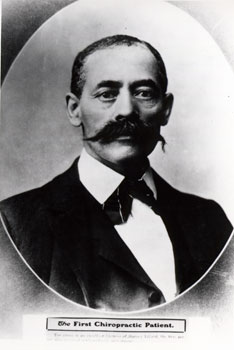 Hey everybody, Erica here with this week's Q&A. February is Black History Month, I thought I would endeavor to learn a little about more about African American History in the Chiropractic profession. I’m kind of a history nerd, and I thought this project would be a lot of fun. Well, I learned a lot! So for this week’s Q & A I’d like to share the story of Harvey J. Lillard, the man at the heart of the chiropractic story. Harvey J. Lillard was the first chiropractic patient. The very first adjustment was performed on him, and restored his hearing. This is the miracle that blew up chiropractic interest, and established a lasting profession. The founder of Chiropractic medicine was a man named Daniel David Palmer. Dr. Palmer was not yet famous when he met Lillard. At that time he was a small-time entrepreneur in Davenport, Iowa who was trying to make a living with magnetic healing and other popular modalities of that time. Lillard owned the custodial company that took care of the building where Palmer was renting his office. Palmer heard Lillard’s story of how he lost most of his hearing. An incident that apparently was accompanied by a strange ‘popping’ noise in his spine. His daughter, relates the legend... “Chiropractic came into being because of my father. " "Evidently my father was a tale-teller. He and a man that worked for him stepped in front of D.D. Palmer’s office while my father was finishing the story. Well, Dr Palmer was reading a book. The Doctor stuck his fingers between the pages and walked out to listen to the end of the tale. The Doctor was so tickled that he hit my father in the back with a book.” -Valdenia Simons Based on the story, Palmer came up with a theorized that the deafness was related to Lillard’s spinal alignment, and offered to work with him to invent a treatment. The first adjustment was in 1895, and it cured Lillard's hearing! 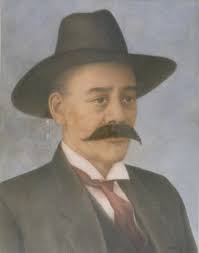 “I was deaf 17 years and I expected to always remain so, for I had doctored a great deal without any benefit. I had long ago made up my mind to not take any more ear treatments, for it did me no good. Last January Dr. Palmer told me that my deafness came from an injury in my spine. This was new to me; but it is a fact that my back was injured at the time I went deaf. Dr. Palmer treated me on the spine; in two treatments I could hear quite well. That was eight months ago. My hearing remains good." - Harvey Lillard 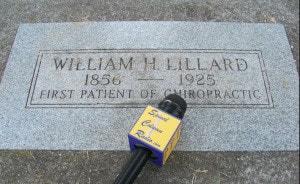 This miracle story is the foundation of chiropractic medicine, it was used to market and legitimize the technique, which rapidly grew across the country and into an established medical profession. Little is know about the other details of Harvey Lillard's life. He had a wife and daughter, Lillard and his family left Davenport Iowa in 1907 and moved to Seattle. He was a deputy sheriff there until his death in 1925. Fun fact: He is buried in the same graveyard as Bruce Lee! His grave is much smaller than Lee's, but, if you enjoy chiropractic treatments and want to say thank you next time you are in Seattle, stop by the Lake View Cemetery and see Harvey. Sadly, despite working with Lillard on creating chiropractic, Dr. Palmer did not teach African Americans. The Palmer School of Chiropractic blatantly stated, `Negros not accepted'. All major chiropractic schools until the 1950's did not accept blacks or minorities.
Yet, African Americans continued to participate in and contribute to the chiropractic profession. For example, Fred H. L. Rubel, established The Rubel College of Chiropractic in 1914 “to open the field of instruction to all races, no matter what the color of their skin may be, so as particularly to give members of the colored race an opportunity to learn one of the greatest modern professions—Chiropractic...” As you can see, Harvey Lillard's story was just the beginning of a rich, complex, and diverse chiropractic history. Check out this timeline to see a more complete list of events, notable figures, and facts about African American chiropractic history, check out the links below for further reading on this topic. Now we know who to thank for the chiropractic treatments we enjoy today. Don't forget to submit your own questions for us to answer! Send them norwalksportsandspine@gmail.com, your question could be answered in next week's Q&A! --Erica Satstre, LMT |
The Norwalk Sports & Spine Blog is for answering your questions! Stay tuned to learn about our practice, health, food, treatments, and more!Subscribe for updates! Categories
All
Archives
September 2019
|


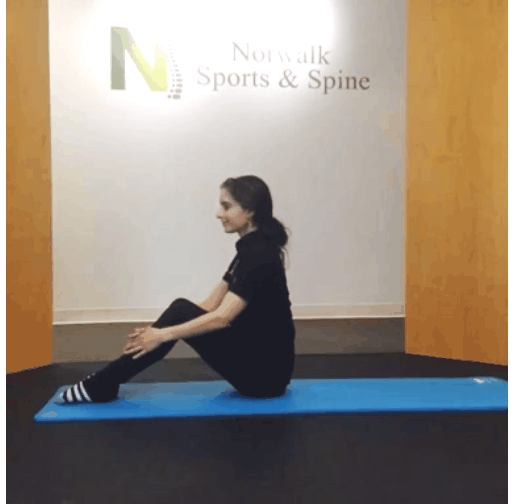
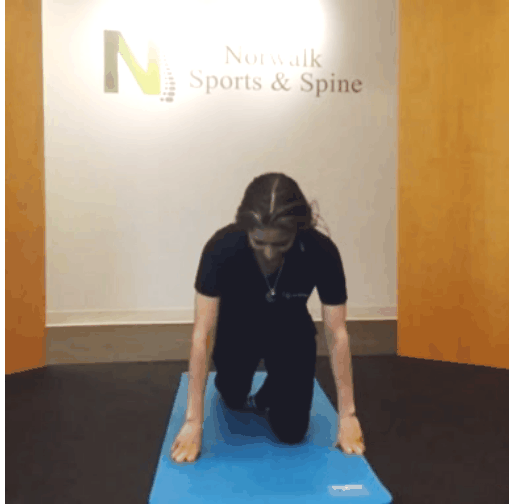
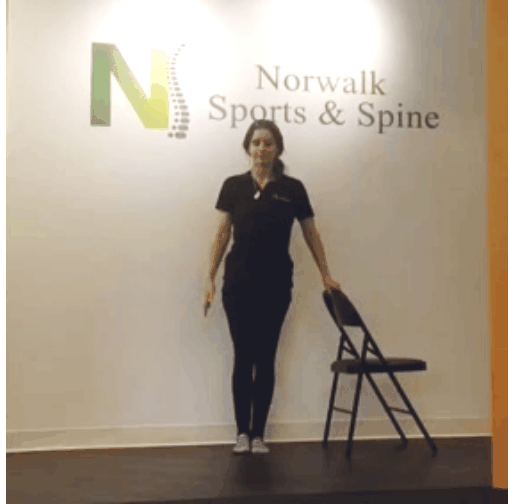

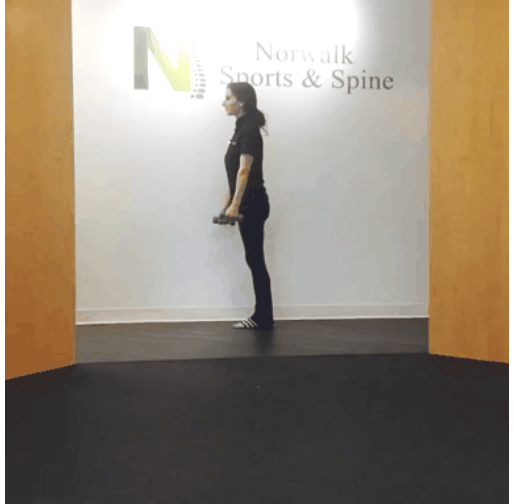
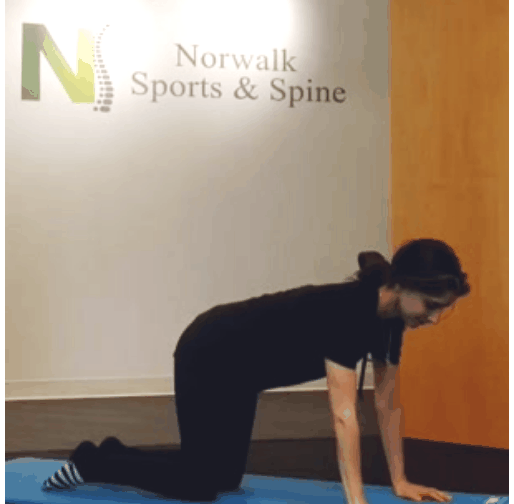
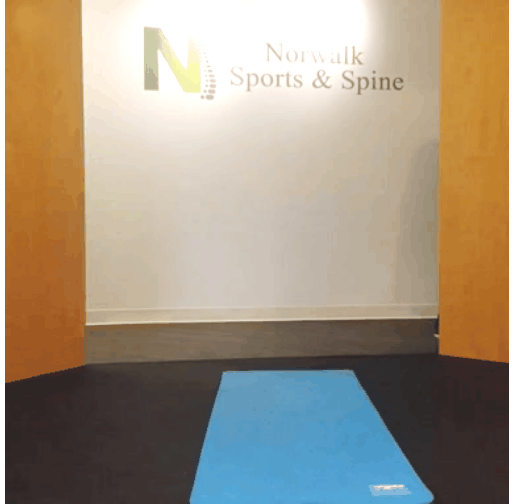

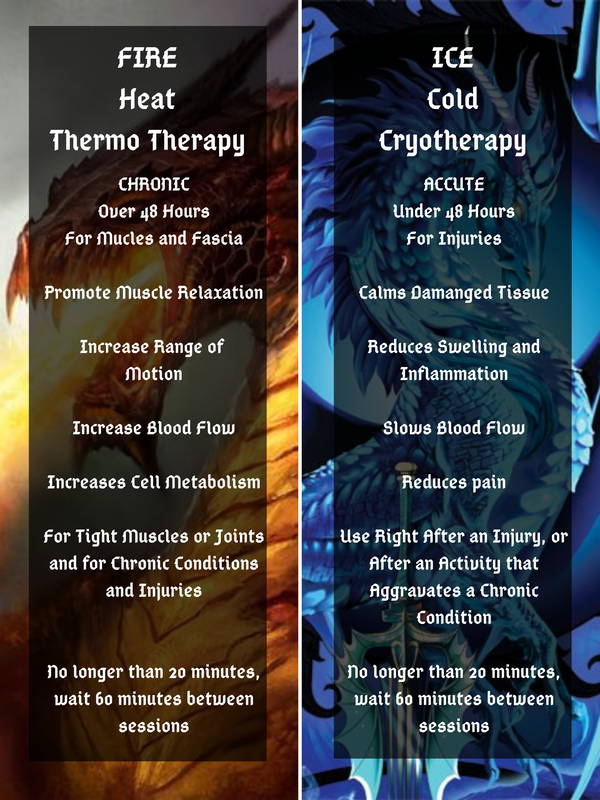

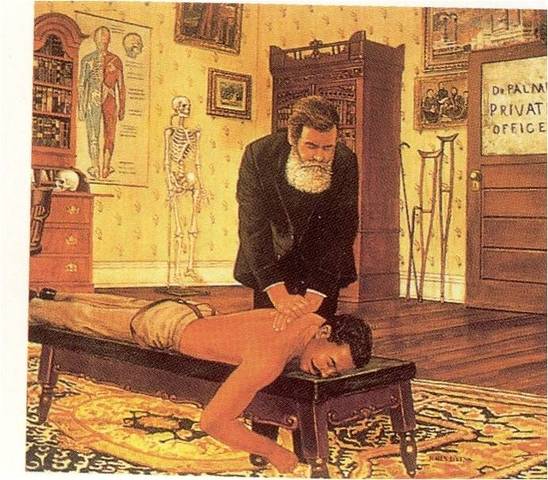
 RSS Feed
RSS Feed